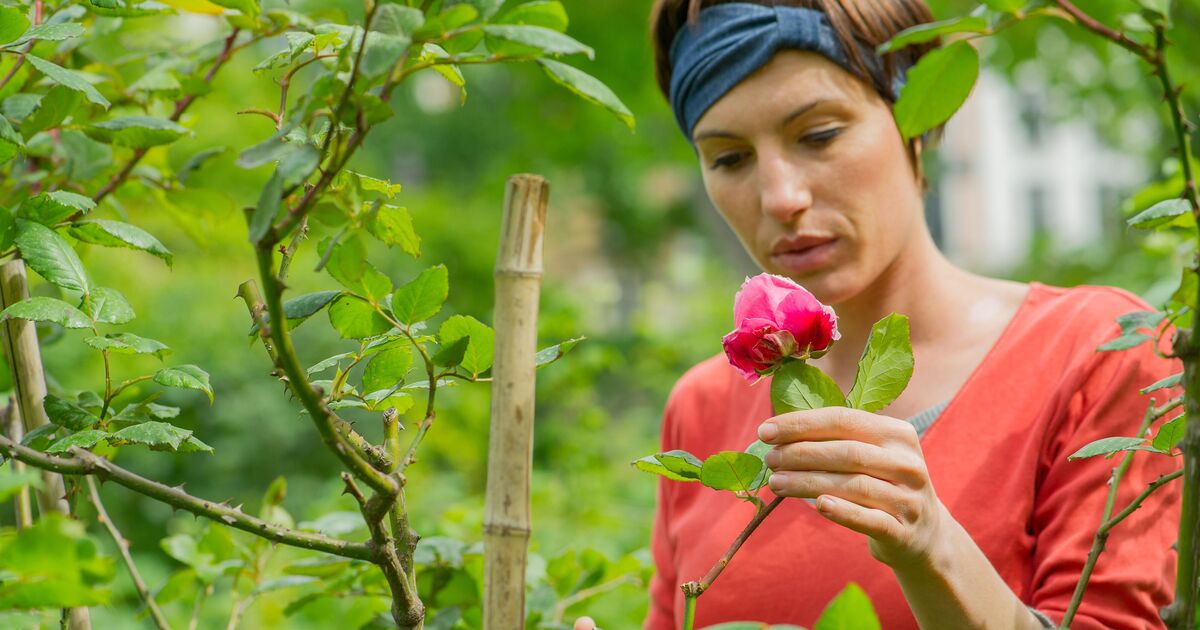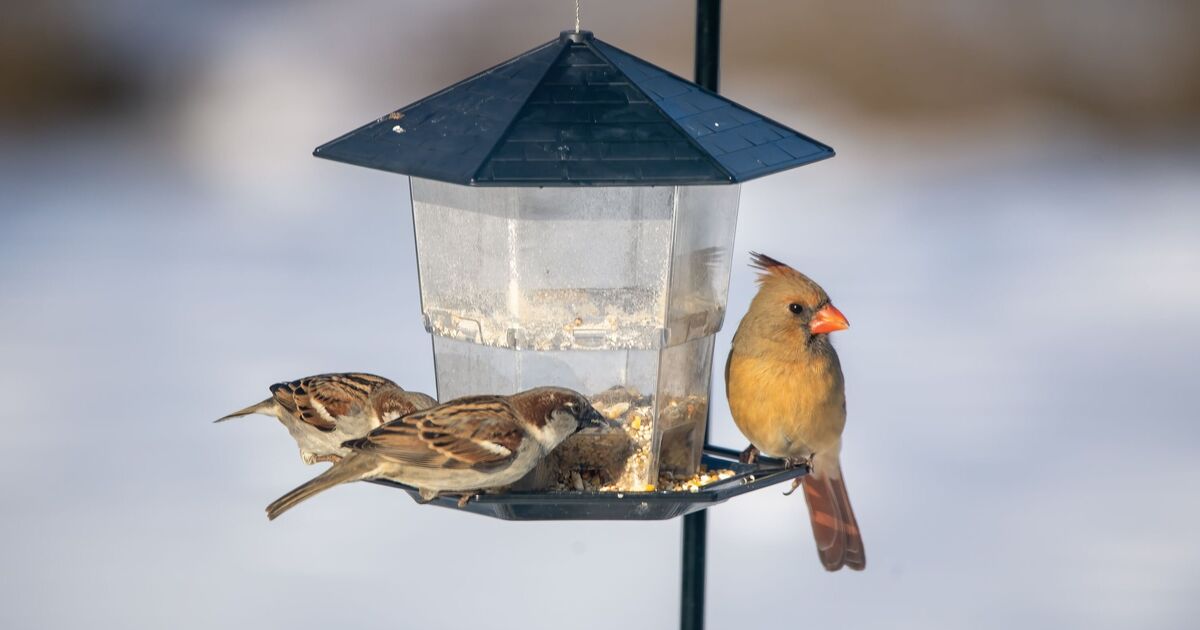|
Gardening experts warn March is 'last chance' to get vital task done Gardening experts are warning Brits that March is the “last chance” for one key task. By the end of this month, you need to ensure your roses are pruned to keep them happy and healthy, according to the Royal Horticultural Society (RHS). At this time of year you should also be thinking about planting onions, the charity said. As well as shallots and summer-flowering bulbs. It explained: "Spring usually starts to arrive across the country in March, and the longer days provide the opportunity for an increasing range of gardening tasks." The organisation added: "It’s time to get busy preparing seed beds and sowing seed, and it’s your last chance to prune roses." Late winter (from February to March) is apparently the best time for pruning roses. A statement on Gardeners' World also says: "The best time to prune most roses is from late winter to early spring, just around the time new growth starts. "In the south of the UK, spring growth may start as early as January, while further north you may not see any new leaves until April." To do this successfully, the RHS issued the following advice:
It added: “Feed all pruned roses with a general purpose or rose fertiliser in spring. Mulch with garden compost or manure.” If your roses are climbers, ramblers, or bush varieties, you should consider slightly different pruning steps. The RHS website has more information on pruning these. While pruning, you should be wary of certain pests and diseases that you may need to deal with. The RHS said: "Wear gloves when handling thorny roses and keep a watch when you are pruning for the following pests or diseases while pruning; rose aphids, rose large sawfly, rose leaf rolling sawfly, rose black spot, rose dieback, rose powdery mildew and rose rust." Source link Posted: 2025-03-16 16:31:32 |
'Magical night': D-backs' Suarez 19th player in MLB history to hit 4 home runs in game
|
|
PS5 and Xbox fans can try one of this year's biggest new releases for free starting today | Gaming | Entertainment
|
|
The once-homely village that's now 'prime footballer belt'
|
|
Urgent recall: Some Tony’s Chocolonely Easter eggs may contain metal fragments | UK | News
|
|
How to set up bird feeder during nesting season with 1 key food
|
|
Ukraine's Zelenskyy arrives in Turkey for talks with Russian delegation sent by no-show Putin
|
|
Roger Federer teases return to tennis courts and may play at Wimbledon | Tennis | Sport
|
|
Trump says US in direct talks with Iran over nuclear program as he holds Oval Office meeting with Netanyahu – US politics live | Donald Trump
|
|







